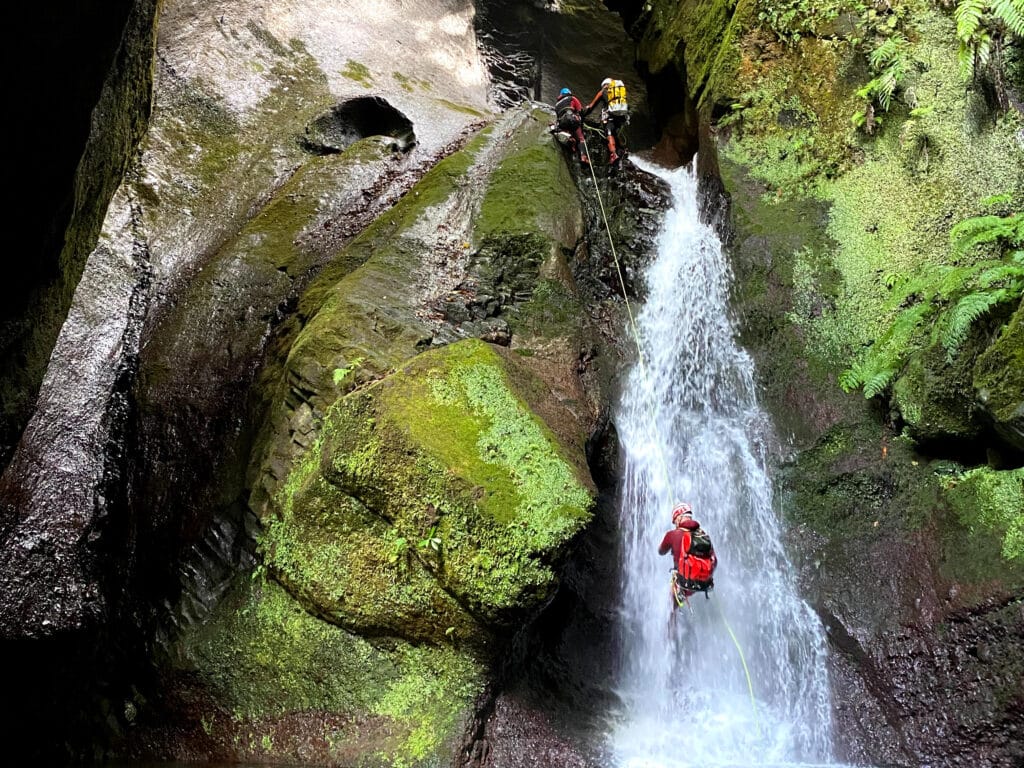What Is The Geologic History Of Madeira?
The geology of Madeira is complicated by its volcanic and tectonic history, as well as by the fact that Madeira has been subject to heavy erosion over time. In this article, we’ll explore the history of Madeira’s land formation and take a look at some of the island’s most stunning geologic features.
Volcanic Activity in Madeira's Formation.
When looking at the geology of Madeira, the first thing you’ll note is its volcanic activity. The island’s oldest rocks are made up of basalt and other volcanic rocks that were formed by eruptions over 140 million years ago.
The volcanic activity is one of the reasons why Madeira has such a diverse landscape. You’ll find everything from mountains and plateaus to coastal cliffs and beaches.
Erosion: Shaping The Island
Erosion has been an important shaping force for Madeira. The cliff coastline is a result of constant erosion by both the wind and the sea. In some places, the sea has eaten away at the soft volcanic rock so much that huge caves have been formed.
Earthquakes and Tsunamis in the Evolution of Madeira
The geologic history of Madeira is a tale of earthquakes and tsunamis.
These natural disasters have played a part in the evolution of the island, shaping its landscape and helping to create the unique ecosystem that exists there today.
The first earthquake on record occurred in 1480, and there have been dozens more since then. In 1761, a devastating earthquake struck Madeira, killing over 4,000 people.
The Impact of Plate Tectonics on Madeira's Geology
Madeira’s geologic history has been heavily shaped by the geological processes of plate tectonics. Plate tectonics, also known as continental drift, is the large-scale movement of seven major plates and several smaller plates of the Earth’s lithosphere, resulting in shifting continents.
The gradual movements of these plates across the globe have had an immense impact on Madeira’s geology. Plate tectonic activity is responsible for the formation and destruction of numerous volcanic structures in and around Madeira. One example is the Pico Ruivo Volcano, which was formed due to a combination of compression and tension forces acting upon the lithosphere.
In addition, the constant motions of these plates led to sea-level changes that impacted erosion levels on Madeira’s coastline and caused a significant alteration to its seafloor topography. This constant change in topography triggered several major changes in ocean temperature and currents over time, each with its unique effects on Madeira’s ecosystem.
Conclusion:
When it comes to the geologic history of Madeira, there’s a lot to uncover. The island has been through a lot, and its landscape is a testament to that. From its origins as a series of volcanoes to its current state as a lush and beautiful island, Madeira has a lot to offer visitors and residents alike.


